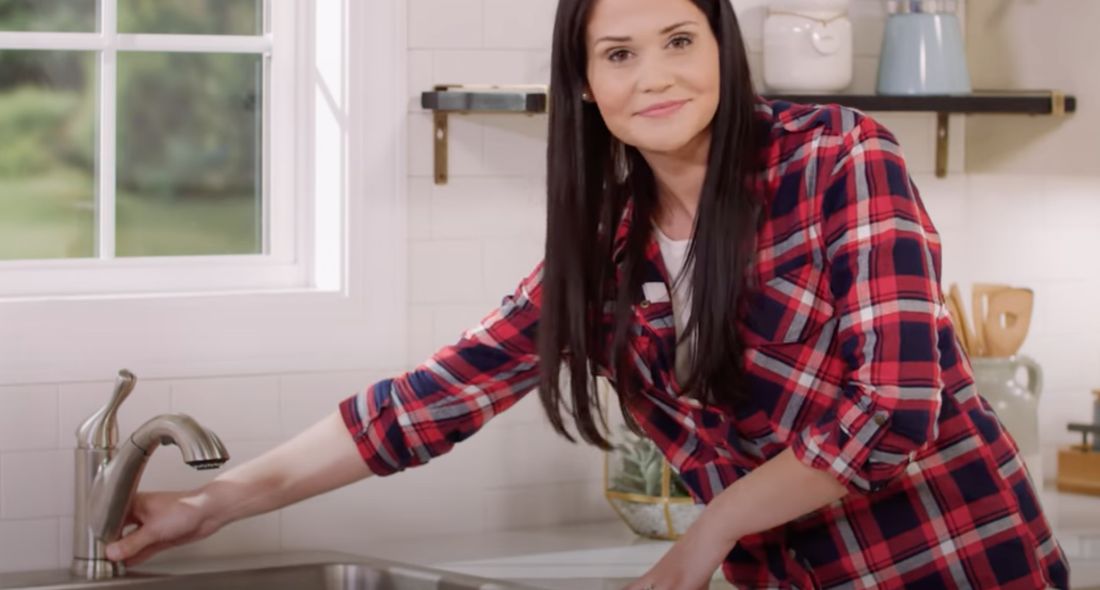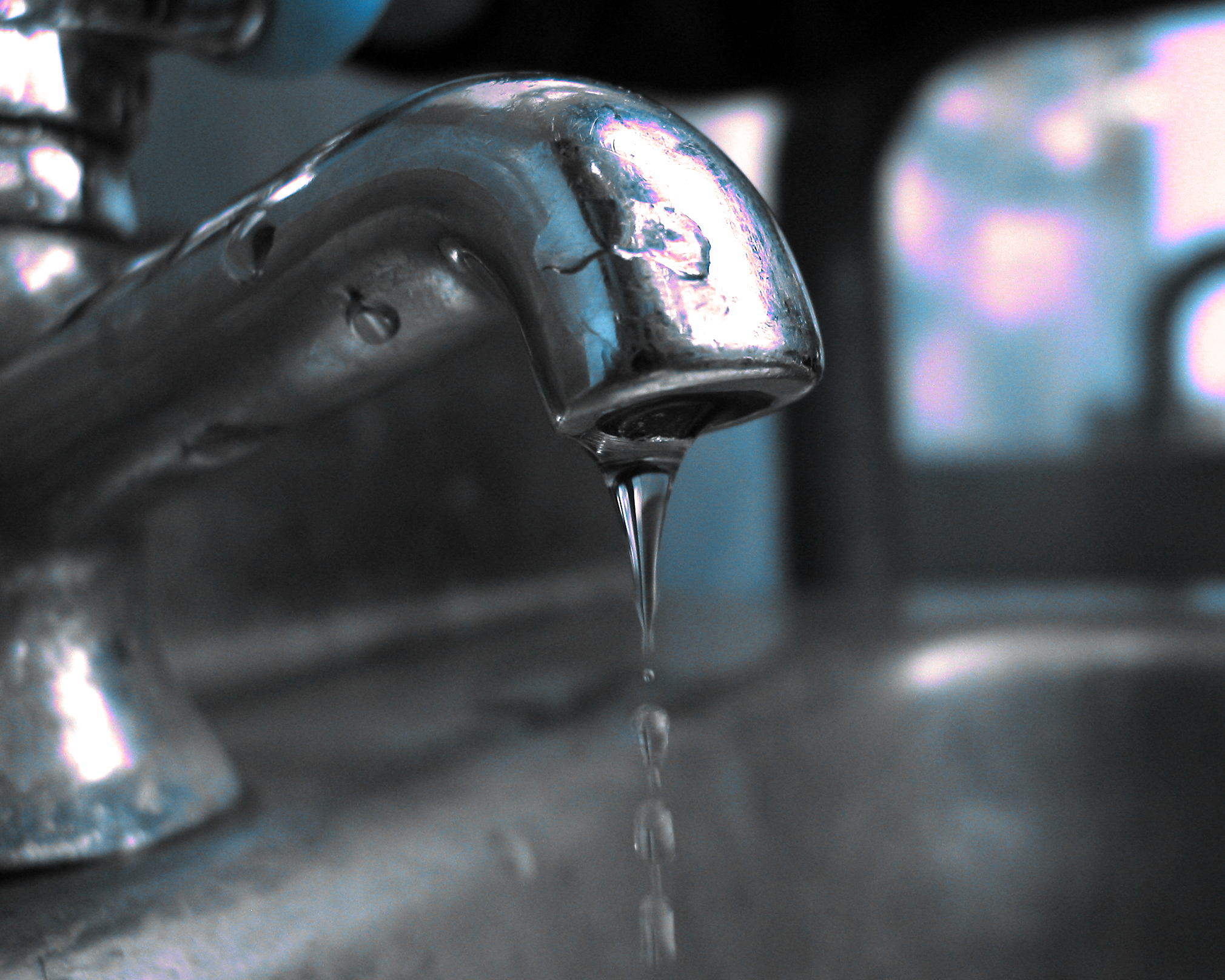My Causes Behind Repairing a Broken Faucet
My Causes Behind Repairing a Broken Faucet
Blog Article
Nearly everybody has got their own individual theory with regards to What Causes Leaky Faucets & How To Fix Them.

Trickling faucets may feel like a minor hassle, yet their influence goes beyond just the aggravation of the sound. From wasting water to sustaining unnecessary financial expenses and wellness threats, ignoring a dripping faucet can result in different effects. In this write-up, we'll look into why it's important to address this typical family issue immediately and efficiently.
Wastefulness of Water
Ecological Impact
Dripping taps contribute substantially to water waste. According to the Environmental Protection Agency (EPA), a single faucet trickling at one drip per secondly can lose greater than 3,000 gallons of water annually. This not only strains water sources however also influences environments and wild animals depending on them.
Financial Expenses
Boosted Water Costs
Past the environmental effect, trickling faucets can inflate water expenses significantly. The accumulated wastefulness gradually translates right into greater energy costs, which might have been avoided with prompt repair work.
Possible Home Damage
Moreover, prolonged dripping can cause harm to components and surfaces surrounding the tap. Water buildup can cause staining, rust, and also architectural concerns if left neglected, resulting in additional repair work expenses.
Health and wellness Worries
Mold And Mildew and Mold Development
The continuous existence of wetness from a trickling tap produces an excellent setting for mold and mildew and mildew growth. These fungi not just endanger indoor air quality but additionally present health and wellness dangers, especially for individuals with respiratory system conditions or allergies.
Waterborne Conditions
Stagnant water in dripping taps can become a breeding place for germs and other microorganisms, boosting the risk of waterborne illness. Contaminants such as Legionella germs thrive in stationary water, potentially causing serious health problems when consumed or inhaled.
Do it yourself vs. Specialist Fixing
Advantages and disadvantages of Do It Yourself Repair
While some may try to deal with a dripping faucet themselves, do it yourself fixings come with their own set of difficulties. Without correct knowledge and tools, DIY attempts can worsen the concern or bring about insufficient repairs, prolonging the problem.
Benefits of Hiring a Professional Plumber
Hiring a specialist plumber ensures that the underlying cause of the dripping faucet is addressed properly. Plumbing professionals have the knowledge and equipment to identify and repair tap issues efficiently, saving time and decreasing the risk of further damage.
Step-by-Step Guide to Fixing a Dripping Faucet
Devices Required
Prior to trying to take care of a trickling faucet, gather the required tools, including an adjustable wrench, screwdrivers, replacement parts (such as washing machines or cartridges), and plumber's tape.
Common Tap Issues and Their Solutions
Recognize the kind of faucet and the particular issue causing the drip. Typical issues include damaged washing machines, corroded shutoff seats, or damaged O-rings. Describe producer instructions or on-line tutorials for step-by-step guidance on fixings.
Preventive Measures
Routine Upkeep Tips
To avoid trickling faucets, perform regular upkeep such as cleaning up aerators, inspecting for leaks, and changing worn-out components promptly. Furthermore, think about mounting water-saving devices or upgrading to extra efficient fixtures.
Value of Prompt Repairs
Dealing with trickling taps as soon as they're discovered stops more water wastefulness and prospective damage, eventually conserving both water and cash in the future.
Effect On Building Worth
Perception of Well-Maintained Property
Keeping a residential property in good condition, including resolving upkeep issues like leaking taps, enhances its regarded value and charm amongst potential purchasers or tenants.
Influence on Resale Worth
Characteristics with properly maintained plumbing fixtures, including taps, command greater resale values in the realty market. Attending to trickling taps can contribute to a favorable impression during building assessments and negotiations.
Environmental Responsibility
Individual Contribution to Preservation
Taking obligation for taking care of trickling faucets straightens with broader efforts towards water preservation and ecological sustainability. Every person's actions collectively make a substantial influence on protecting precious sources.
Sustainable Living Practices
By focusing on prompt repair services and embracing water-saving behaviors, individuals add to sustainable living techniques that benefit both existing and future generations.
Verdict
Attending to a trickling faucet exceeds plain benefit; it's a necessary action toward saving water, lowering financial costs, and protecting wellness and home. Whether with do it yourself fixings or specialist support, acting to take care of leaking taps is a little yet impactful method to promote accountable stewardship of resources and contribute to a much healthier, extra lasting future.
How to Fix a Leaky Faucet: Step-by-Step Repair Guide
A leaky faucet may seem like a simple annoyance, but if it's not fixed promptly, that leak could cost hundreds to potentially thousands. From water damage to mold, mildew, and high water bills, even a tiny leak can be catastrophic if left unattended. Damage like this can even affect the overall value of your home, so it's important to take the right approach for leaky faucet repair. You may need the help of a plumber in some cases, but we've got a few tips you can try on how to fix a leaky faucet before calling the pros.
Four Faucet Types
When you're learning how to fix a leaky faucet, the first step is knowing what kind of faucet you're working with! There are four common types.
Cartridge Faucets
Cartridge faucets come in one- or two-handled varieties. In one-handled cartridge faucets, hot and cold water combines in a single cartridge. In the two-handled versions, hot and cold water are controlled separately and mixed in the faucet.
Ball Faucets
Ball faucets have a single lever you push up and down to adjust the pressure and rotate to change the temperature. A slotted metal ball controls the amount of water allowed into the spout.
Compression Washer Faucets
They're the oldest type of faucet, but they're still used in many homes — especially older ones. Compression faucets have two separate handles that, when turned, raise or lower the washer that seals a water valve. This valve stops water from flowing through the faucet when it is turned off.
Disc Faucets
Disc faucets rarely need to be repaired due to their maintenance-free design. The water flow is controlled by two discs — the upper one raises and lowers against a fixed lower disc, creating a watertight seal. If your disc faucet starts leaking, you may need to replace the seals or clean residue buildup from the inlets.
Fixing a Leaky Faucet
Step 1: Turn Off the Water
Whether you're learning how to fix a leaky bathtub faucet or how to fix a leaky kitchen faucet, always turn off the water supply to your working area when you're fixing a leak. The last thing you want is a flood added to your list of things to fix.
Look for the shutoff valves below your sink or around the tub and turn them clockwise to stop the water flow. If your faucet doesn't have shutoff valves, you may need to turn off the water for the whole house. Check to make sure it's off by turning the faucet on. If nothing comes out, you're ready to start the repair.
Step 2: Take Apart the Faucet
How you disassemble your faucet depends on the type of fixture you have. You can use a flathead screwdriver to remove the caps on top of the handle or handles for cartridge and compression faucets. Inside, you should see handle screws. Unscrew these with a screwdriver to remove the handle.
Disc- and ball-style faucets will typically have an inlet screw near the handle, and removing that will reveal the interior of the faucet.
Detach the Valve Stem
For cartridge- and compression-style faucets, you'll see the inner valve stem or cartridge once you remove the faucet handles. If you have a compression faucet, unscrew the brass valve stem. If you have a cartridge faucet, pull out the cartridge. If your cartridge has been in place for a while, it may require some tools or extra force to remove it due to mineral deposits.
Examine and Replace Parts
Once you've removed the parts, check them out to confirm what needs to be replaced. You may see corroded rubber washers, O-rings, stems, or cartridges. On a ball-style faucet, check the seats and springs for damage.
If you need to repair a leaky disc faucet, check the inlet and seals on the lower disc.
Once you determine what parts must be replaced, visit your local hardware store. Bring the damaged parts with you to ensure you can purchase the correct components to replace them.
Clean Valves and Faucet Cavity
If you've removed a stem or cartridge, you may notice mineral buildup in the faucet's threads. Use white vinegar to clean the valve seat by soaking it for a few minutes, then scrub it away with a soft toothbrush and rinse with warm water. You can also clean the interior of the faucet in the same way.
Reassemble the Faucet
Once your faucet is cleaned and the required parts have been replaced, it's time to reassemble it. Put the pieces back together and slowly turn the water supply back on. Doing this slowly is crucial because too much initial water pressure can damage the new hardware you've just installed.
https://homewarranty.firstam.com/blog/how-to-fix-leaky-faucet

As a fervent reader on How to Fix a Dripping or Leaky Faucet , I thought sharing that excerpt was worthwhile. Those who enjoyed reading our blog entry if you please consider to share it. We recognize the value of reading our article about Water Dripping from Faucet: Why and How to Fix.
Report this page